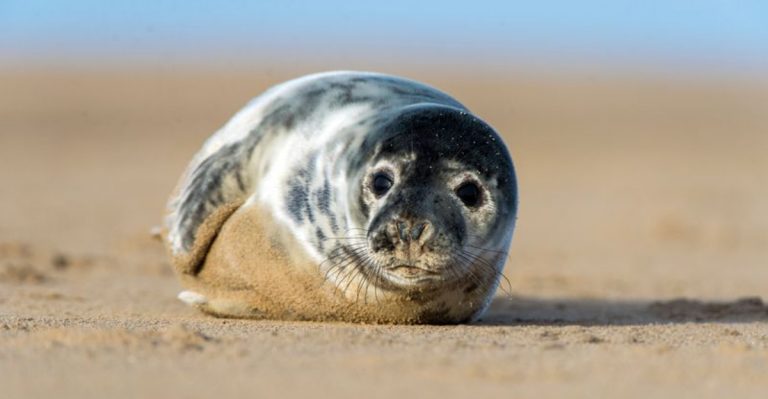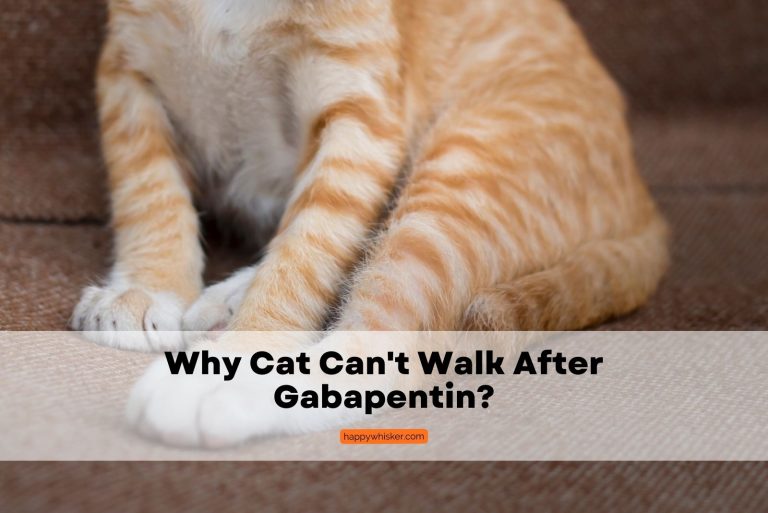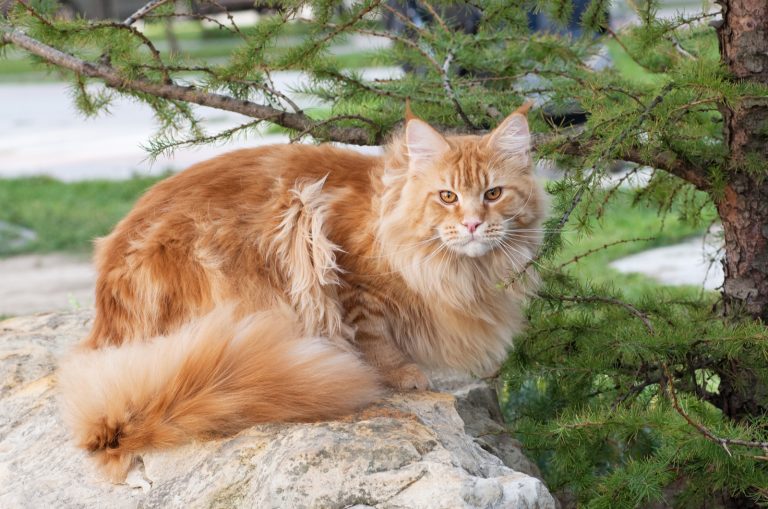Why Say ‘Hypoallergenic Munchkin Cats’ If It’s Not Possible?

Most people tend to misuse the term ‘hypoallergenic’ for cats with shorter coats or which shed less. Munchkin cats, the same as Oriental Shorthair, for example, belong to the ‘moderate shedders’ category.
However, they are not considered hypoallergenic. The cause of allergies is most commonly the Fel d 1 protein released through the cat’s saliva, urine, loose hair, or even under the cat’s skin.
Read on to learn more about why there are no hypoallergenic Munchkin cats and what are the best cat breeds for allergy sufferers.
Do Hypoallergenic Munchkin Cats Exist?
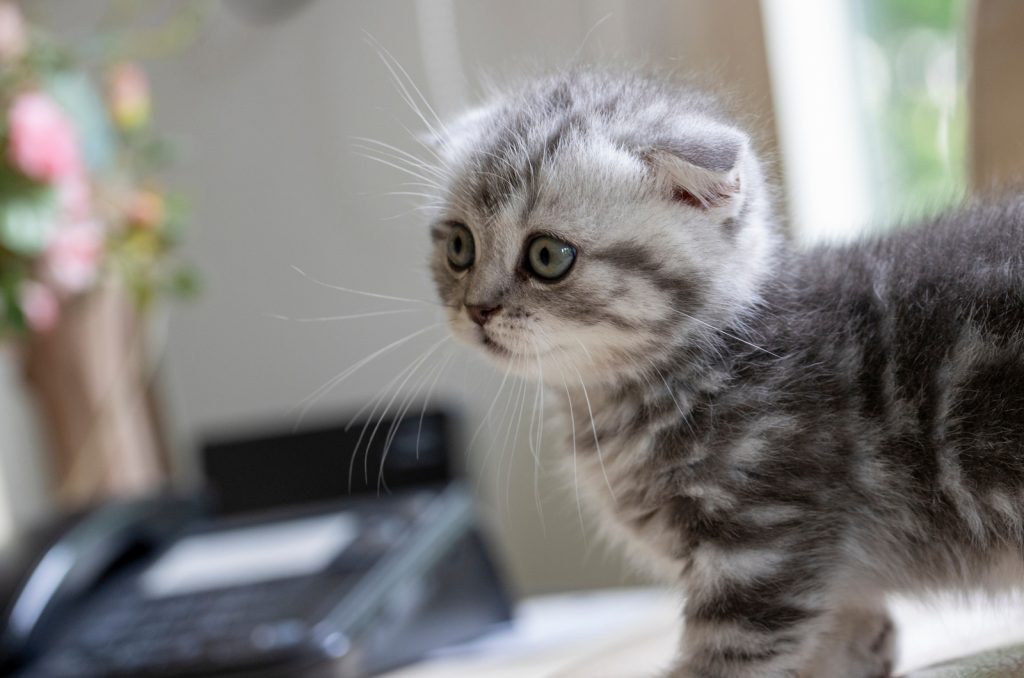
The simple answer is no. Hypoallergenic Munchkin cats don’t exist. They are not considered hypoallergenic, but there are other breeds that are considered more friendly to people with cat allergies.
Most typically, hairless breeds, like the Sphynx, are considered hypoallergenic since they shed a lot less than other cats.
Why aren’t Munchkins allergy-friendly as well? Well, in order to be considered a hypoallergenic cat breed, the cat needs to shed as little as possible and not cause any allergic reactions to its owners. These cats need to produce little or no dander at all.
How Much Do Munchkin Cats Shed?
In comparison to most other cat breeds, Munchkin cats shed moderately. Even though they shed less than other cat breeds, they’re still not considered hypoallergenic. However, if perhaps you have a mild allergy, you can consider adopting a Munchkin.
Just remember that there still will be dander, but it’s nothing compared to most others, especially those breeds with long hair.
Are There Hypoallergenic Cat Breeds?
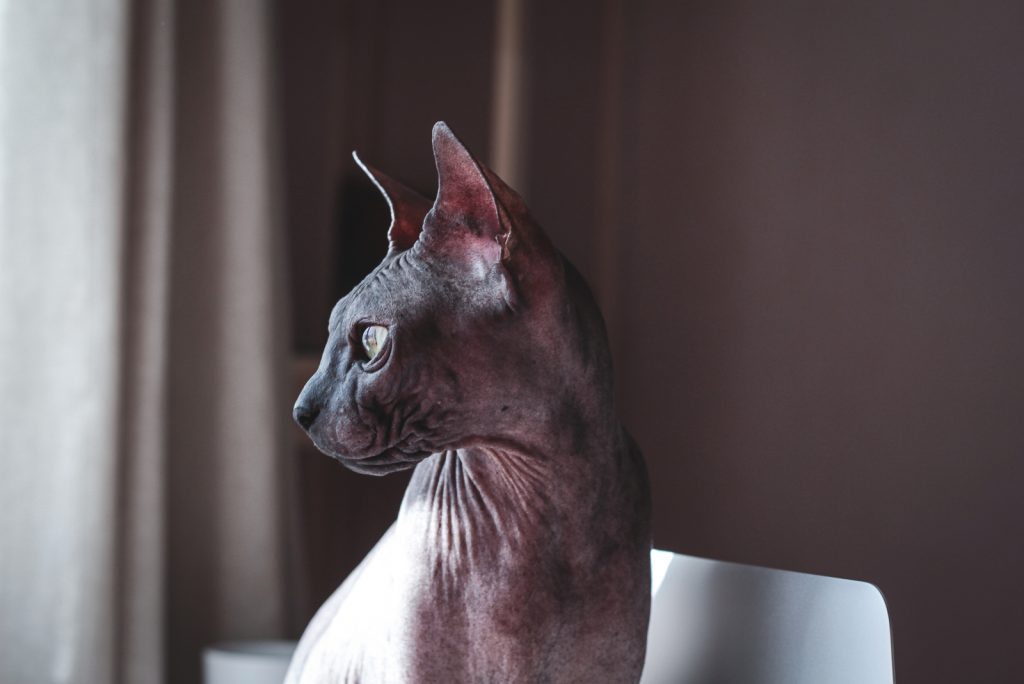
People who suffer from cat allergies are actually allergic to a certain protein that all cats make, i.e. Fel d 1 protein. This protein is found in cats’ urine, saliva, hair, and under their skin.
People respond negatively to this because cats shed and groom themselves using their saliva. Allergens are easily spread around because your cat’s hair is spread around everywhere.
Munchkins, however, have normal levels of Fel d 1 protein, so they don’t fall into the following group of cats, which shed less and produce fewer allergens.
A cat that is 100% hypoallergenic does not exist, but the following cat breeds are considered allergy-friendly.
Sphynx Cat Breed
It is commonly considered that the ‘hairless’ breeds are entirely hypoallergenic. However, this is not totally correct. Because of their lack of hair, this particular breed secretes a lot more oil and dander on their skin, necessitating frequent washing.
They can be good choices for the average allergy sufferer, especially if you regularly clean and groom your Sphynx.
Javanese Cat Breed
The Javanese is a cat breed with only one coat. As the Javanese lacks an undercoat, it sheds less and may be a suitable choice for people who suffer from allergies. This cat breed is smart, talkative, lively, and loving.
Balinese Cat Breed
The Balinese makes this list because it has long fur and generates less Fel d 1 Protein than other breeds. Balinese cats are talkative and sociable and may be influenced by the emotions of those around them.
Siamese Breed Of Cat
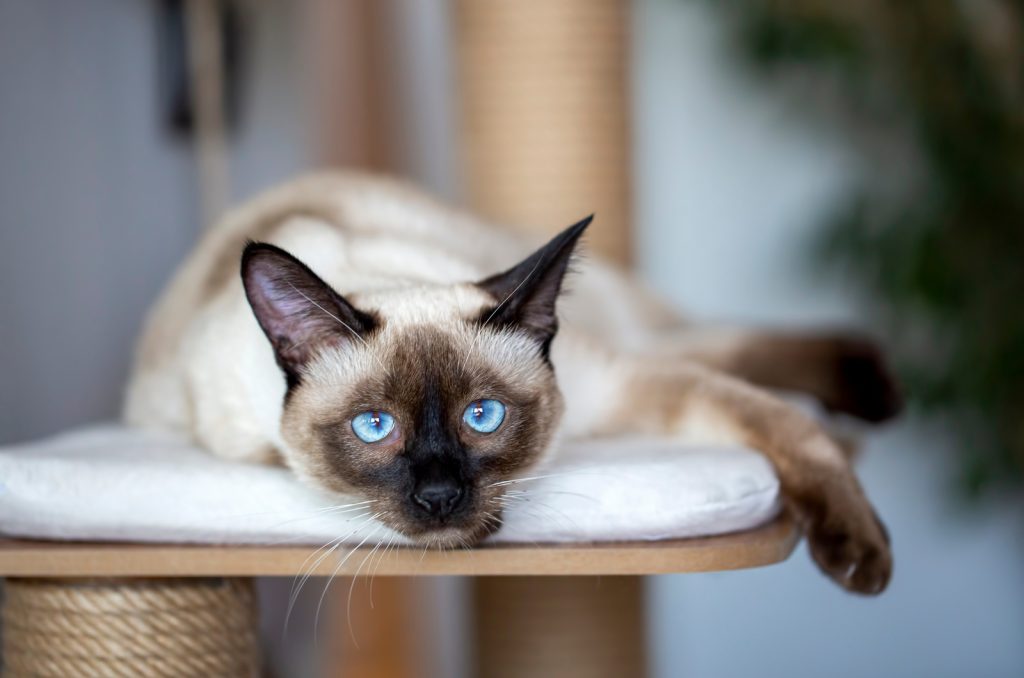
Our gorgeous Siamese has longer hair than most other breeds on this list. But they do, however, generate less of the Fel d 1 protein, which makes them ideal for people who are allergic to cats.
Devon Rex
The Devon Rex, like the Sphynx, has a distinctive look due to its relatively short coat. While they still have some hair and shed, they emit roughly the same amount of oil as a Sphynx. While this breed can be bathed, they are quite excellent at cleaning themselves.
Siberian Cat
The Siberian has a long double coat and may not appear to be an obvious choice for allergy sufferers, yet the Siberian breed generates lower amounts of the Fel d 1 Protein than most other breeds.
Most people who are allergic to cats respond to the presence of the Fel d 1 protein. If your cat allergy is caused by the Fel d 1 Protein rather than dander, then this sort of cat might be ideal. They are loving, lively, clever, and like jumping.
Russian Blue
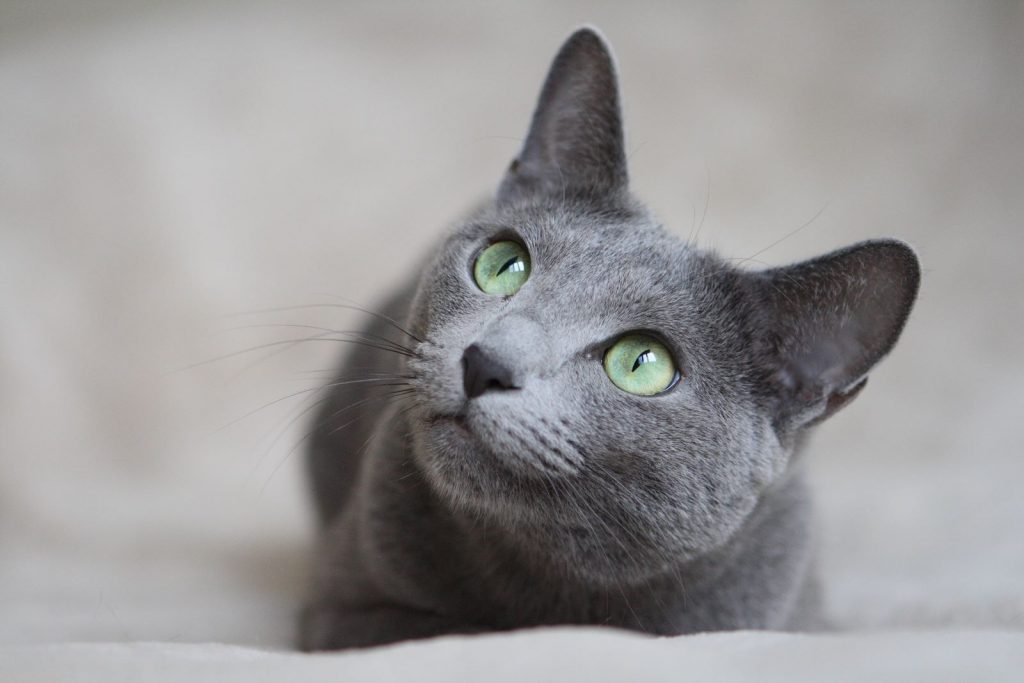
Beautiful, ageless, and elegant, these blue gems are easy to detect from afar. Russian Blues are gentle and shy in temperament, yet they wish to be clean at all times and are insistent and diligent about grooming themselves.
However, their short coats make brushing quite simple.
Cornish Rex
This short-haired breed, for starters, has a great personality! The Cornish Rex is also a suitable alternative for allergy patients. They have relatively short coats but excrete a lot of oil.
So even though there’s less hair to clean up, there will be enough oil and dirt to wash and brush off. However, it’s easily dealt with by regular brushing.
Burmese Cat
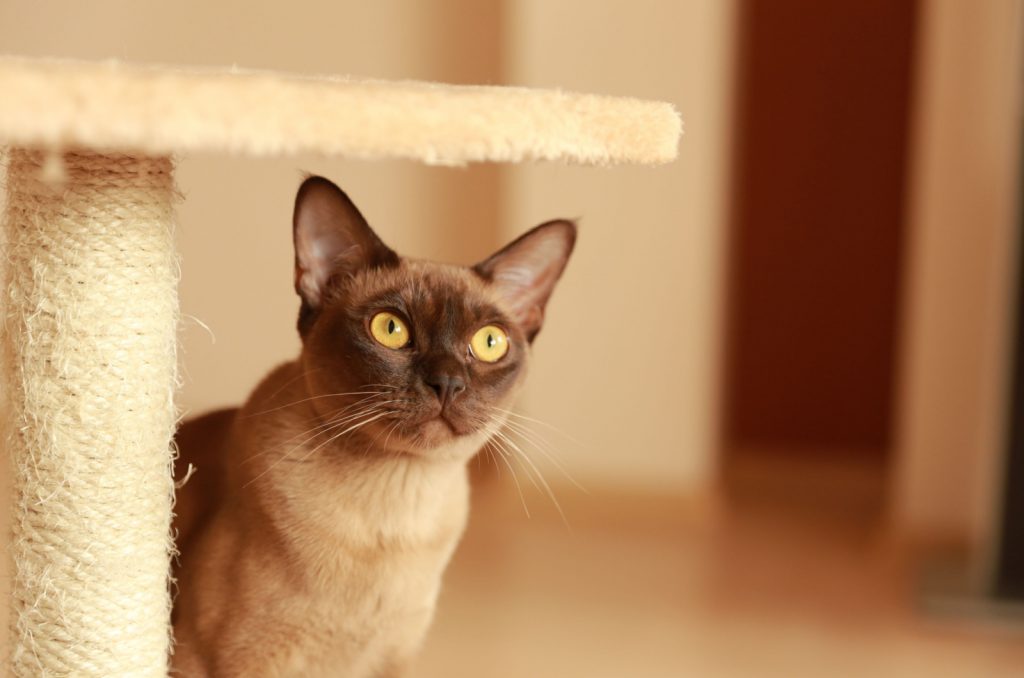
The Burmese, a sweet and talkative breed that enjoys socializing, is another acceptable choice for folks who are allergic to cats. Even though they shed, it is easily handled by brushing them on a regular basis.
Bengal Cat
Bengal cats are allergy-safe because of their short, single-layered hair and lack of shedding. Cat hair is the principal transporter of cat allergies, so less shedding equals less allergy exposure!
The cat allergen that produces symptoms like sneezing, a runny nose, and itchy eyes is, as I said, Fel D1, a protein present in a cat’s saliva, skin, and hair.
Bengal cats, on the other hand, require less grooming and shed less, so there should be fewer hairs and less dander around the house.
See more: Are Bengal Cats Hypoallergenic?
How To Know If You’re Allergic To Cats

If you have a cat allergy, you should be able to tell rather quickly. These allergies can range in intensity, they can either be mild or necessitate immediate medical attention.
If you ever owned a cat or spent some time with a relative who owns one, you would probably have noticed if you were allergic to cats. If you really want to adopt a Munchkin cat, I’ve listed some common signs of cat allergies to watch out for:
• Runny nose
• Sneezing
• Coughing
• Itching eyes
• Inflamed eyes
• Congested nose
Cat allergies typically develop as a result of interaction with dander or cat hair. If you pet your cat or it licks you, or even if you sit on a chair covered in cat hair, an allergic reaction can occur. However, allergies differ from one person to the next.
Consult your doctor if you feel any of the symptoms I’ve listed above or if you feel that your cat is causing any allergy symptoms.
Another thing that might help is keeping your cat’s outside interaction to a minimum, essentially minimizing the chance of their bringing pollen and other sources of allergies inside. The majority of cat allergies are moderate.
In truth, many cat owners are slightly or moderately allergic to their cats and are still able to live happy lives.
What To Do To Minimize Allergies

If you happen to have only mild to moderate allergic responses to felines, you can still live a happy life with your cat, especially if you desire a Munchkin cat that sheds moderately. Here are a few tips on what to do to minimize allergic reactions.
Regular Brushing
You should brush your Munchkin cat at least twice a week to prevent fur from falling everywhere. This way, your cat’s brush captures all the loose hairs and provides a rapid, all-in-one hair removal solution.
If you’re able, brush your cat outside or inside in a small space that you can easily clean and vacuum.
Vacuum All-Around
You need to vacuum the entire house and do it often. Thoroughly vacuum and clean all your cat’s favorite napping spots, cat’s beds, scratching posts, and all places your cat hangs out the most.
Change Your Sheets
Cat fur gets everywhere, even with cats who produce less dander, hairs are still an issue. The one place where you don’t want to have allergic reactions is your bed. Especially while you’re sleeping.
This is why you need to wash your bedding once a week, and in case your allergies continue to trouble you, you might want to change your bedding twice a week, if not more.
Have An Off-Limit Room
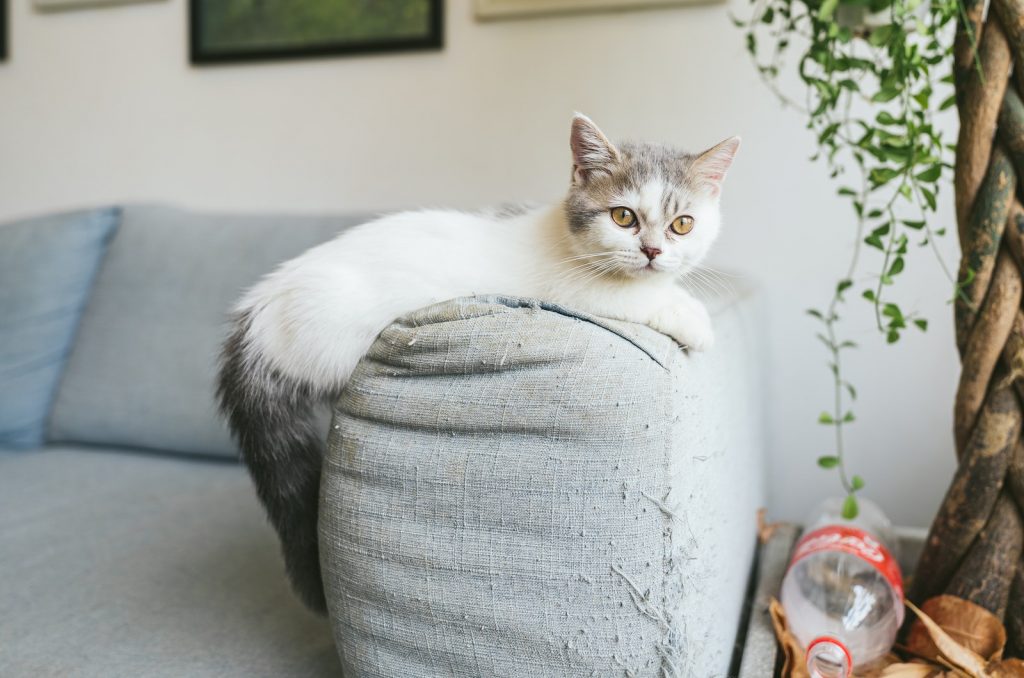
As I’ve said, cat hair really gets into all places, so it’s a good idea to have a cat-free zone where you’ll be ‘safe’. If you’re not that keen on sleeping with your cat, you can make your bedroom off-limits.
Or if you love to snuggle and doze off with your feline buddy, you can create any other room in your house, a cat-free room. This is just to have an area where you can go and give yourself a break.
Wash Your Hands After Petting Your Cat
In order to minimize allergic reactions, you must wash your hands after you’ve cuddled or played with your cat. Munchkins aren’t, as I already mentioned, hypoallergenic, so washing your hands is crucial.
When you pet a cat, those small particles of dander and oils from your cat’s fur stick to your hands. However, if you wash your hands properly, you will avoid getting allergic reactions caused by this.
Playing with your beloved Munchkin is awesome, just remember to wash your hands afterward!
Check out: New Kitten Checklist – Guide On What To Do & What To Buy
To Conclude, Are Munchkin Cats Hypoallergenic?
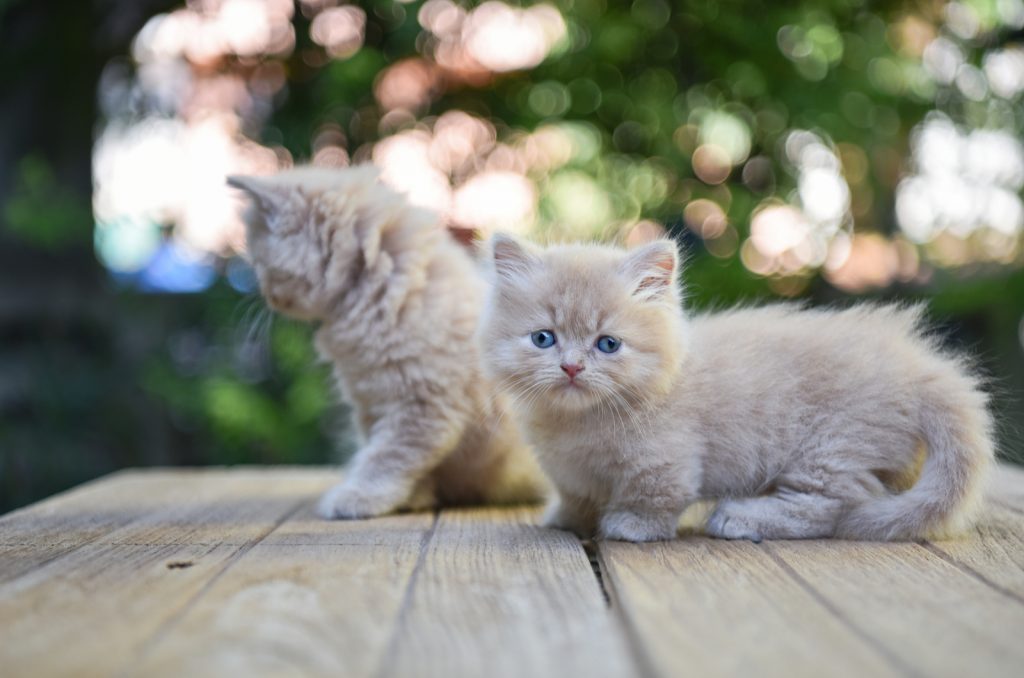
It’s a firm no! Even though they shed a lot less than most other breeds, there’s no such thing as a hypoallergenic Munchkin cat.
They can, however, be a great pet for people with mild cat allergies since they produce significantly less allergen protein. Hypoallergenic cats don’t exist, but there are some cat breeds, which I listed, that are considered allergy-friendly.
All in all, I hope that this helps clear up any doubts you might have had and helps you make a decision about whether or not you should adopt a cute little Munchkin cat. Here’s another article for you to check out: How Much Does A Munchkin Cat Cost: The Ultimate Guide.
Like this post? Share or pin it for later!





